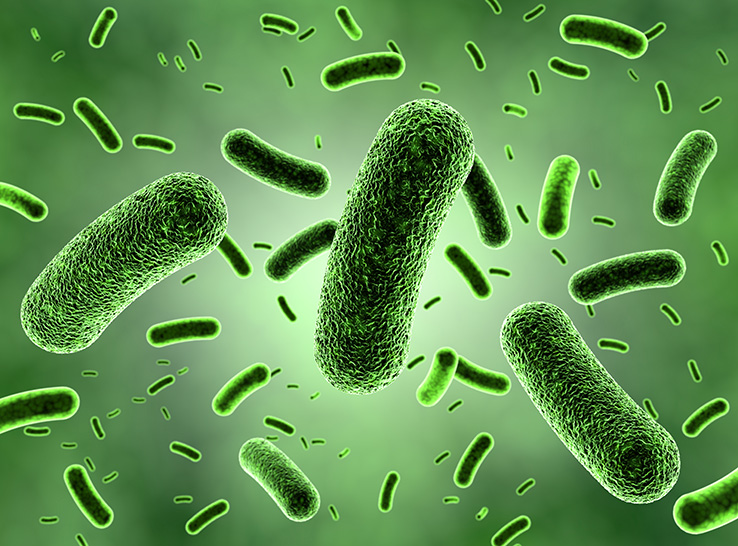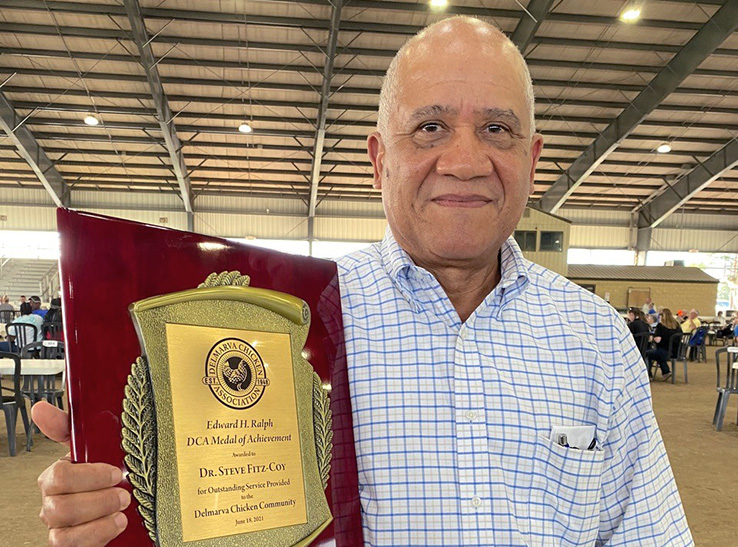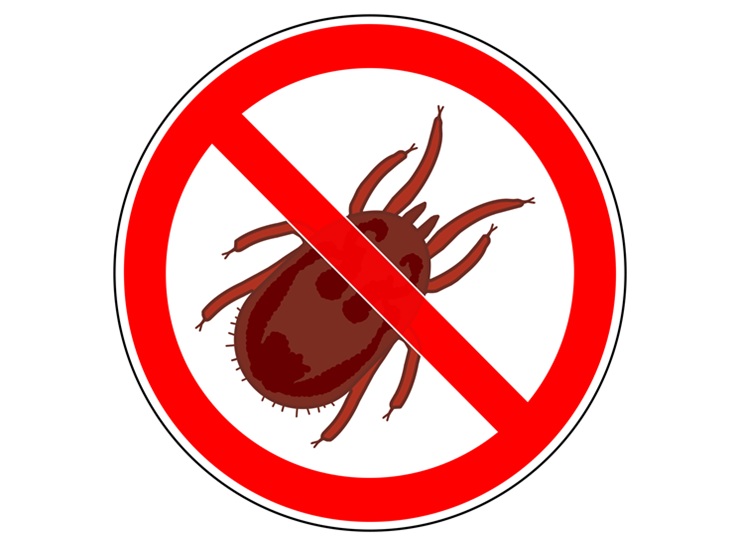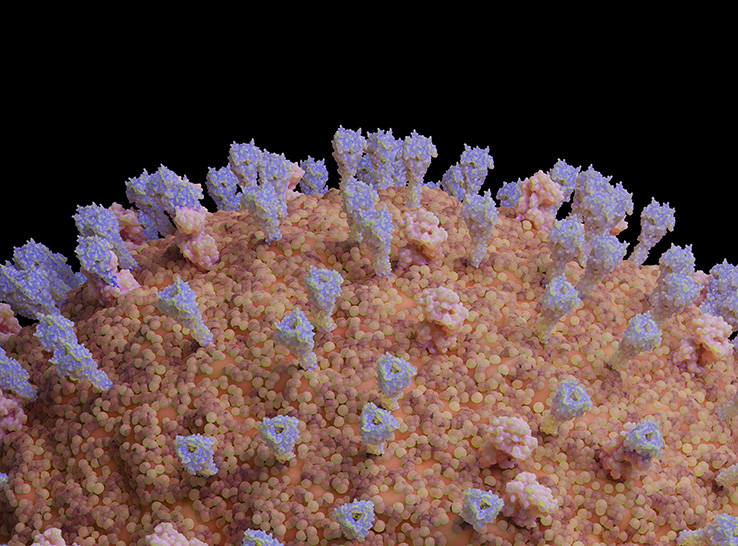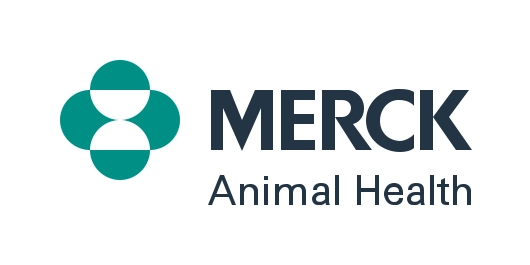When coccidiosis guru Steve Fitz-Coy, PhD, started his career in the early 1980s, he thought he was going into a “dead field.” It was the golden age of ionophores, he recalled, and he thought coccidiosis would become a thing of the past.
Needless to say, things turned out differently. Some 40 years later, coccidiosis continues to be one of the most common and costly diseases of poultry worldwide. And Fitz-Coy, a poultry scientist at Merck for the past 24 years, is still the go-to guy when an outbreak is suspected.
With retirement on the horizon, Fitz-Coy believes the industry has made significant progress managing the disease — but also that it won’t be in the rearview mirror any time soon. In the following Q&A, the veteran poultry pathologist reflects on how coccidiosis control has evolved during his long career and what trends we can expect to see in the future.
It’s not every day you meet a coccidiologist. How did you get into this specialty?
I have an agricultural background. I grew up in Jamaica, where my father was the overseer on a sugar plantation. As a teenager, my fascination with poultry started with backyard chickens — in fact, I was practicing selective breeding with them before I even understood genetics.
My education and experience at the Jamaica School of Agriculture led me to pursue further studies at Tuskegee University, where I studied animal science. I wanted to focus on nutrition, but fate had other plans for me, and I have no regrets. While at Auburn University, where I did my graduate studies and PhD, I met the renowned parasitologist Dr. Samuel Allen Edgar, whose work was pivotal to the development of Coccivac®. And he said to me, “You’re coming into my department. And you’ll be working on diseases.”
The first time he handed me several papers on coccidiosis, I couldn’t even pronounce the word ‘Eimeria‘. But Edgar had a teaching style that stuck with me. He never gave answers — he made you hunt for them yourself. So that’s how my passion for coccidia started. Now, I even dream about them!
You did some groundbreaking work with Dr. Edgar. What did you discover?
My big breakthrough came when Dr. Edgar gave me the project of understanding Eimeria mitis, one of the Eimeria species that causes coccidiosis. Dr. Edgar believed it was in the upper gut — and all the literature said this too — but for months, nothing turned up in my lab samples. I started getting a hunch that we were looking in the wrong place, so I started sneakily testing the lower gut, and I hit the jackpot — every sample was positive.
This discovery that Eimeria mitis lives in the lower gut was the subject of my dissertation. Unfortunately, another lab in the UK published these findings before I had the chance, but they nonetheless reshaped our understanding of the parasite’s lifecycle.
Coccidiosis is nothing new, but it continues to be one of the most prevalent and economically damaging diseases of poultry worldwide. Why is it such a persistent problem?
A big part of the problem is ‘we, the people.’ We’ve created this situation through our own production practices.
First, we’ve confined the birds, keeping them closer together for longer periods. High-density production is necessary for food security, but back in the days on range, parasites couldn’t build up like they do in modern poultry houses.
Then there’s how we try to control the parasites. First, we had the chemicals, which are very potent, but within two to three exposures, resistance develops. Then ionophores came along in the 70s and it took a bit longer, but same old story.
Now we’re also seeing it with some vaccine/anticoccidial combinations used in bioshuttle programs. Yes, that will work by toning down vaccine reactions with drugs. But in the long term, there’s a risk of breeding tolerant parasites, so we need to be careful when using this approach too.
There’s still no silver bullet for coccidiosis. What it comes down to is that Mother Nature has built these organisms to survive. Shut them down for too long, and they’ll find a way around it.
What about vaccines — can they provide a solution to some of these challenges with anticoccidial drugs?
Vaccines for coccidiosis have been around since the 1950s, when Coccivac became the first live oocyst vaccine to enter the market. During the heyday of ionophores, vaccines took a backseat, but they made a comeback as ionophore resistance grew and we, as an industry, realized we had to be more strategic about how to use the limited range of tools we had to combat the disease.
Now, as the poultry industry faces increasing pressure to reduce antibiotic use, due to antimicrobial resistance concerns and public health risks, we are required to adopt more sustainable coccidiosis management practices, resulting in vaccines gaining popularity once again.
They offer several important advantages. For starters, there are no resistance issues. Immunity is long-lasting, which is particularly important with breeders and layers. When used in rotation with synthetics and ionophores, they also help reduce selection pressure for resistance while seeding the environment with drug-sensitive strains.
Can vaccines replace anticoccidial drugs entirely?
In some cases, yes. Many layer integrators use vaccines only. They’re also the primary tool in ‘No Antibiotics Ever’ production systems, which don’t allow ionophores, and organic systems that don’t use synthetics.
However, there are a number of other situations where combination approaches are still required. In high-pressure broiler systems, for example, the Eimeria exposure is so high that vaccines alone may not be sufficient to prevent performance losses. Meanwhile, hyper-virulent strains may overwhelm vaccine immunity, necessitating the use of a synthetic.
Historically, what have been some of the barriers to using vaccines more widely?
The biggest hurdle has never been the science — it’s always been getting the vaccine into the birds properly and uniformly. When the vaccines first came out, we tried putting them in the water, but the oocysts sink to the bottom like little rocks. Half the flock would get a full dose while the other half received nothing.
Then we sprayed it on the feed. This worked well, but again, the problem was getting consistent results with mass application. Then, for a while, we even used eye drops while beak-trimming. This was great in theory, but after 8 hours on the line, workers would miss as many as they’d hit.
Even today, spray cabinets and gels have greatly improved vaccine uptake, but human error still creeps in. If the vaccine isn’t stored correctly, or if a nozzle clogs, suddenly your protection drops. Meanwhile, in ovo is great for many viral vaccines, but not for coccidiosis, because there are too many places in the embryo where the vaccine can end up and not produce an immune response in the bird. Ultimately, it doesn’t matter how good your live vaccine is — if it doesn’t get into the gastrointestinal tract, it’s not going to work.
Other than ensuring proper storage and application, what else can producers do to ensure the success of their coccidiosis vaccination programs?
Key to the success of any vaccine program is to know what bugs you’re dealing with. When necrotic enteritis and other gut health problems appear, people often assume it must be coccidiosis. Sometimes it is, but other times it might be something else, like Histomonas or Clostridia. So even though it’s tempting to make quick diagnoses just based on symptoms, there’s no substitute for a proper evaluation. Only then can you select vaccines — and other products, if needed — that are appropriate to your field strains.
What coccidiosis management trends can we expect to see in the future?
Some new vaccine technologies are being developed, such as recombinants, that are very interesting, but we’re still a long way off from being able to use them for mass application. With a virus, you can just put it into a vaccine and get pretty good protection, but parasites are different. Just think about how many billions of dollars have been spent on malaria vaccines, and we still aren’t there yet. So, for coccidiosis, I’m curious to see what happens with these new technologies, but I think we’ll still be using live vaccines for a long time to come.
Another trend we’ll continue seeing is integration with nutrition and genetics. We’ve seen a lot of promise with prebiotics, acids and other competitive exclusion products that can all help promote a healthy microbial balance while strengthening gut integrity, so birds can better withstand the damage caused by coccidia.
As a pathologist, it’s easy to overlook this, but we need to include the nutritionist as part of the coccidiosis control process, because the genetics of the birds have evolved, too.
Overall, I think people are doing a better job of working together now to understand how all the different components of coccidiosis control come together, and I hope we’ll see more of that in the future. Because at the end of the day, coccidiosis isn’t just a parasite problem — it’s a systems problem, and systems require team effort for continuous success.
Editor’s note: Content on Modern Poultry’s Industry Insights pages is provided and/or commissioned by our sponsors, who assume full responsibility for its accuracy and compliance.

